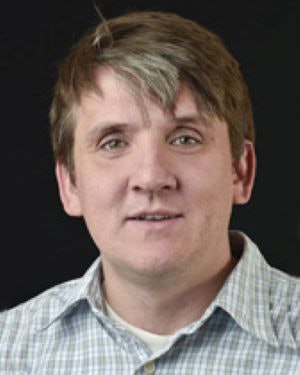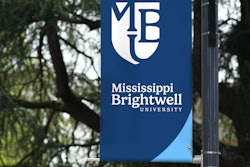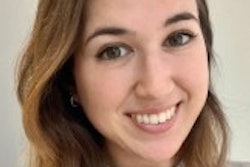Using firsthand accounts of student experiences and input from higher education leaders, Lumina Foundation’s webinar on Thursday noted the impact of prior-learning assessments (PLA) on adult student outcomes.
The event, which brought together over 300 people virtually, also used data from Western Interstate Commission for Higher Education (WICHE) and the Council for Adult and Experiential Learning’s (CAEL) “PLA Boost” report.
 Dr. Patrick Lane
Dr. Patrick LaneExamples of PLA include earning credit for military or corporate training and exams. Additionally, submitting a portfolio or types of certifications.
“We are focused on taking these research findings and using them to improve student outcomes,” said Dr. Patrick Lane, vice president of policy analysis and research at WICHE. “We are looking at how this information can help institutions, systems, states and even the federal government to ramp up PLA to serve more and more students and ensure that PLA practices help address the systemic inequities in our education systems.”
The report found a number of PLA benefits including a 17% increase in completion rates. For Hispanic students, completion increased by 24% while Black students saw a 14% rise.
Additionally, PLA reduces the amount of time and money to earn a degree. Financial savings range between $1,500 to $10,200. Adult students also save nine to 14 months while pursuing a degree, the report found.
“Being a parent and full-time employee, it is so important with how I use my time,” said Kiabeth Santos, a former student who used PLA. “The faster I can accelerate my degree, the better.”
However, despite the benefits, only 11% of entering adult students earned credit for college-level courses through PLA. Additionally, Black adult students were less likely than their Hispanic and White counterparts to seek PLA, according to the report.
There is often a lack of information about PLA at institutions as well as credit limitations.
With not all students understanding the process or being aware of PLA, Francisco Javier Arboli, a former adult student who used PLA, suggested institutions market the information to students across campus on billboards and on social media. Professors and other staff can also be part of the conversation.
“You have to make noise,” he said. “If you don’t make noise, you don’t target your audience. I recommend students take advantage of those opportunities available to them. Every day in life is a new opportunity so don’t waste your time. Don’t be afraid to start new challenges.”
Becky Klein-Collins, associate vice president for research at CAEL, added that institutions should also “expand their thinking about what kind of learning deserves to be recognized and given value in degree programs.”
 Becky Klein-Collins
Becky Klein-Collins“Students can bring a lot of learning that doesn’t always line up exactly with your existing course outcomes, but really this is an equity issue,” she added. “Student groups that have been historically underserved in education are likely to have learning that is underrepresented in your course catalog.”
Engaging with partners outside of the institution such as business and industries can help provide students with access to PLA, she said. Lastly, investing in relationships between community colleges and four-year colleges can ease the transfer process.
The webinar also discussed the financial and business aspect of PLA.
Dr. Wendy Sedlak, strategy director for research and evaluation at Lumina Foundation, said one concern often brought up about PLA is that it takes away revenue from the institution.
However, adult students enroll in an average of 17.6 more credits when they receive PLA, according to the report.
Offering PLA opportunities can also play a role in student recruitment and enrollment.
North Shore Community College, for example, has received philanthropic support to enhance prior credit programming.
“It is still bringing more money into our institutions so that we could better serve our adult students,” said Dr. Cristy Sugarman, executive director of the Center for Alternative Studies and Educational Testing at North Shore. “It also provides a unique selling point for a college to be number one in serving adult students.”
Additionally, PLA can also be a part of the COVID-19 recovery strategy. Only 12 of the 22 million jobs that were lost in the early stages of the pandemic have been recovered, according to Lane.
“It is clear that even in the best-case scenarios that we will have a lot of dislocated workers needing new and different skills to reengage in the economy,” he said. “These workers have long track records of employment, expertise in the workforce and in many cases, have college-level learning already.”
During this time, institutions have shifted their focus to expand PLA opportunities to adapt to the current economic challenges brought on by the pandemic. For example, Miami Dade College (MDC) focused on reaching out to local industry providers who offer workforce and development programs. Those companies inform their employees about PLA.
“The goal is to support these experienced job seekers because returning to school offers opportunities for upskilling, whether it is a college degree or college credit certificate,” said Dr. Philip Giarraffa, director of articulation and academic programs at MDC.
Sarah Wood can be reached at [email protected].















